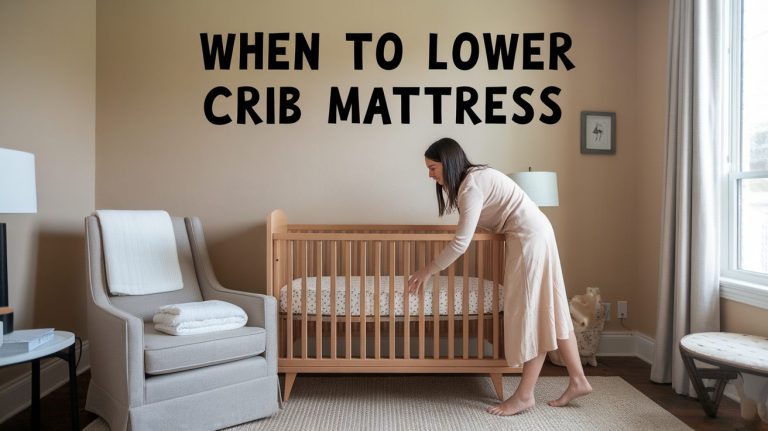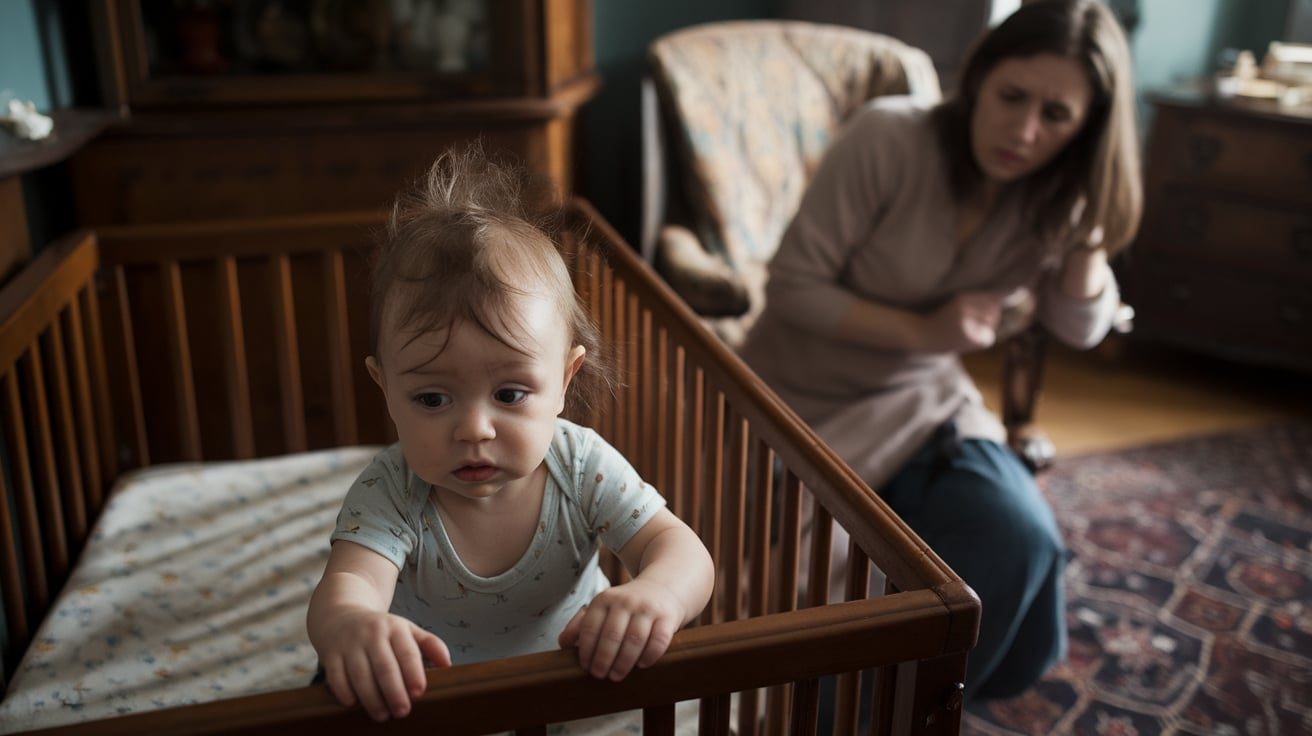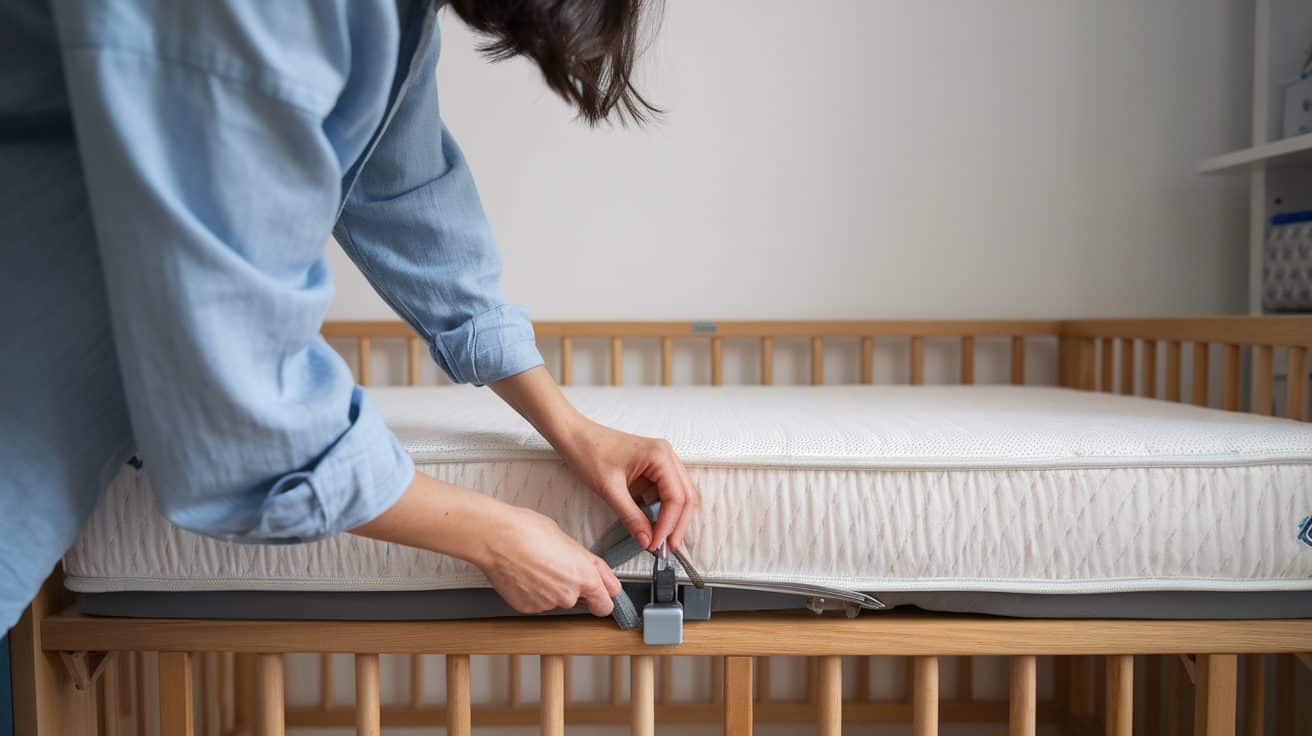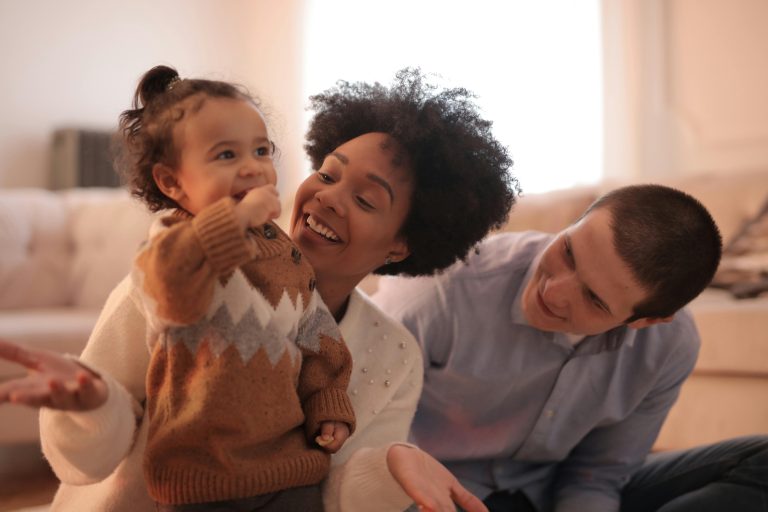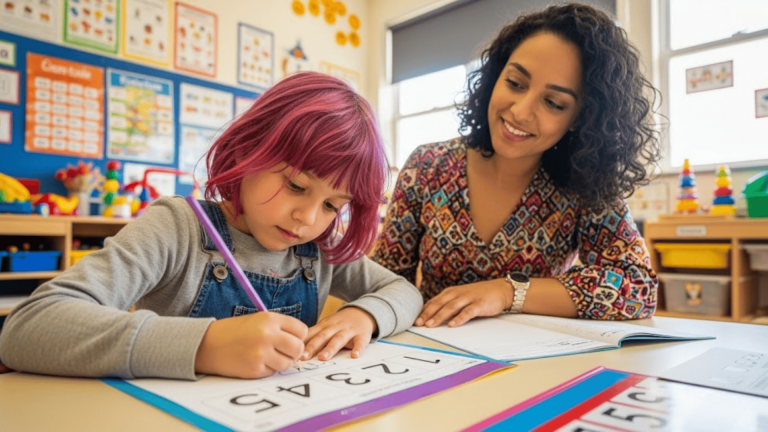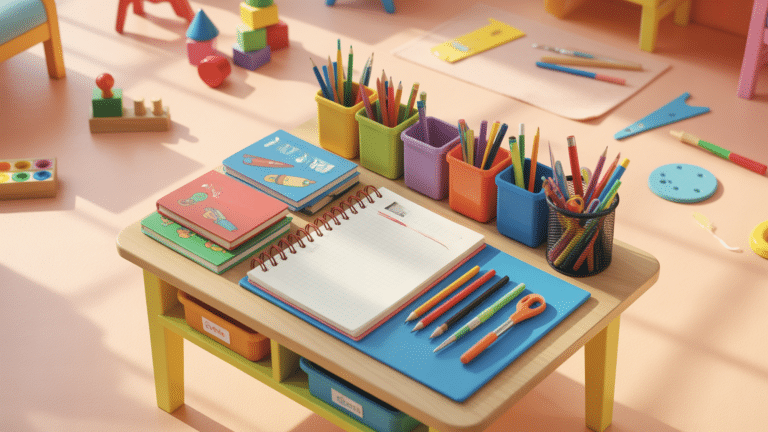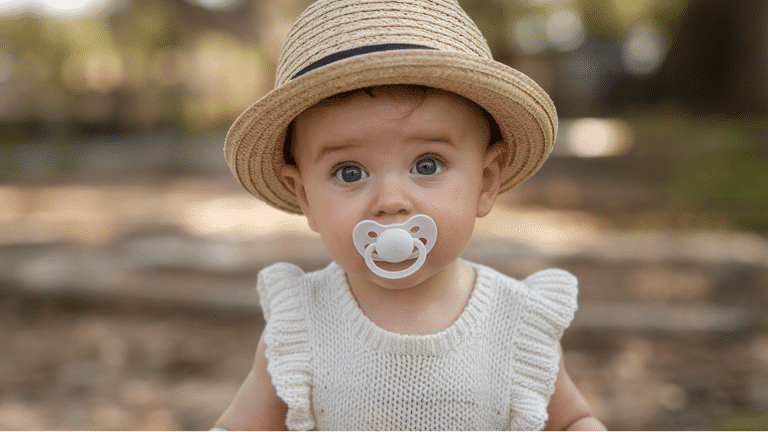As a parent, I remember standing next to my baby’s crib, watching her sleep peacefully while secretly wondering if I should lower the mattress yet!
It’s one of those many “when is the right time?” questions that come with parenthood.
Just like babies, there’s no one-size-fits-all answer – but some clear signs can help you make this important safety decision.
In this guide, I walk through the key milestones and behaviors that signal it’s time to adjust, helping you keep your little ones safe as they grow.
When To Lower Baby’s Crib Mattress?
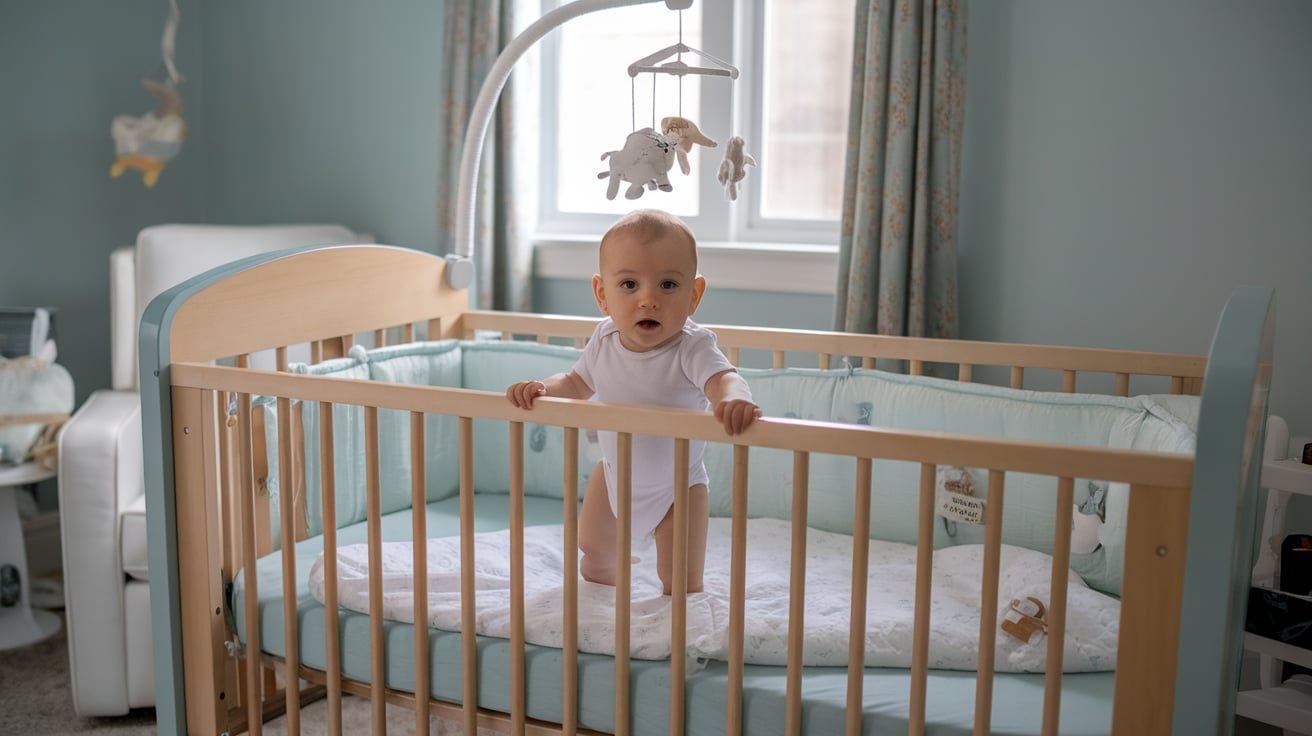
The first step in crib safety isn’t about following a strict timeline – it’s about watching your baby’s development. While some babies might start pulling up at six months, others might take their time until eight or nine months.
That’s perfectly normal, so I have focused on movements rather than age.
Developmental Stages:
- Newborn Stage: Highest setting
- A baby who can sit or crawl: Middle setting
- Baby standing or pulling up: Lowest setting
- Big-Kid Transition: Moving to a bed
Crib Settings and Safety
Each stage requires different mattress heights:
Highest Setting
- Easiest access for frequent feedings and diaper changes
- It helps prevent back strain during late-night care
- Safe because newborns can’t yet move independently
Middle Setting
- Appropriate when baby can sit unassisted
- Provides extra security during early crawling stages
- Typically needed around 5-7 months, but varies by baby
Lowest Setting
- Required as soon as baby shows signs of pulling up
- Essential safety measure for standing babies
- Better to lower too early than too late
Time for a Bed
- When your toddler mentions climbing out
- If you spot any climbing attempts
- Usually around age 2-3, but it depends on the child
Every baby develops at their own pace – these transitions are just natural steps in their growth journey.
When Its Time For The Big-Kid Bed
Moving to a big-kid bed is an exciting milestone that usually happens between 18 months and 3 years. While there’s no perfect time, certain signs can help guide your decision:
Physical Signs
- Climbing attempts over the crib rail
- Height reaches 35 inches
- Shows ability to lift leg to rail height
Behavioral Readiness
- Interest in regular beds
- He/She asks for a “big kid” bed
- It seems too cramped in the crib
For safety’s sake, it’s better to make the switch before your little one masters the art of crib escape. Trust your parenting instincts – you’ll know when your toddler is ready for this exciting new chapter.
Additional Tips For Saftey
Keeping your baby safe goes beyond just adjusting the mattress height. Here’s what you need to know about creating the safest sleep space possible:
- Use a mattress that fits snugly (less than two fingers’ width between mattress and crib)
- Check regularly for loose or broken crib parts
- Ensure crib slats are no more than 2⅜ inches apart
- No bumper pads, blankets, or stuffed animals until 12 months
- Use only a fitted sheet over the mattress
- Check for firmness – the mattress shouldn’t indent when the baby lies on it
- It helps regulate the baby’s temperature during sleep
- Reduces risk of suffocation if baby rolls over
- It makes cleanup easier when accidents happen
Remember, a bare crib might look plain to us, but it’s the safest environment for your baby. Save the cute decorations for the nursery walls instead!
How To Lower Crib Mattress
Lowering your baby’s crib mattress might seem daunting at first, but it is a really simple task you can tackle in about 15 minutes.
Start by clearing the crib completely – remove the bedding and mattress to give yourself a clear workspace. Gather the necessary tool required (usually a screwdriver is enough)
The Lowering Process
- Remove the mattress and set it aside
- Locate the mattress support board (the platform holding the mattress)
- Find the support hooks or brackets in each corner
- Start with one corner: loosen the bolts, but don’t remove them completely
- Hold the support board steady while moving to your desired height
- Secure that corner before moving to the next
- Work your way around all four corners, keeping the board level
- Tighten all bolts firmly, but don’t over-tighten
Essential Safety Checks
- Give the support board a firm shake from underneath
- Press down on all four corners of the support
- Make sure all corners are exactly level
- Check that no bolts or small parts have fallen into the crib
- Replace the mattress and ensure it sits flat
- Add your fitted sheet back on
Take your time with this process – rushing might mean missing an important safety step. If you feel unsure at any point, most crib manufacturers have helpful videos or customer service to guide you.
Your Baby’s Sleep Journey: Next Steps
Your baby’s safety isn’t about following strict rules but staying one step ahead of their next big milestone. Trust your instincts, watch their development, and remember that babies grow at their own pace.
When in doubt, it’s always better to lower the mattress a bit early than wait too long.
Ready to Make Your Baby’s Sleep Space Safer?
Drop a comment below to share your own crib transition story – we’d love to hear it!
Frequently Asked Questions
At What Age Can Babies Sleep On A Softer Mattress?
Babies can sleep on a softer mattress after 1 year once they have better neck and body control.
What Is The Best Height For A Crib Mattress?
The best height for a crib mattress is the lowest setting when your baby can stand or pull up.
When To Lower Pack-and-Play Mattress?
Lower the pack-and-play mattress when your baby can sit up or pull to a standing position.

